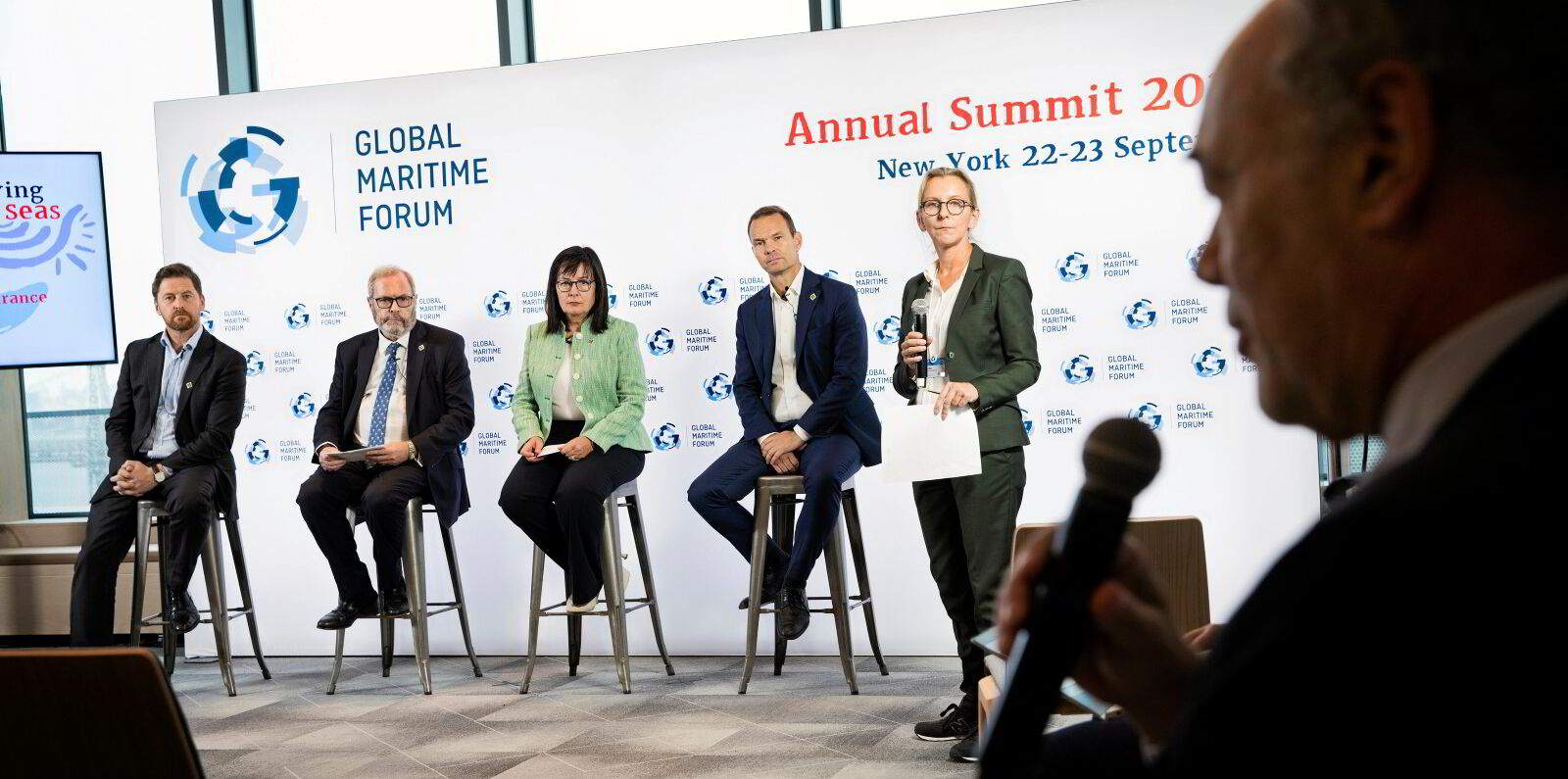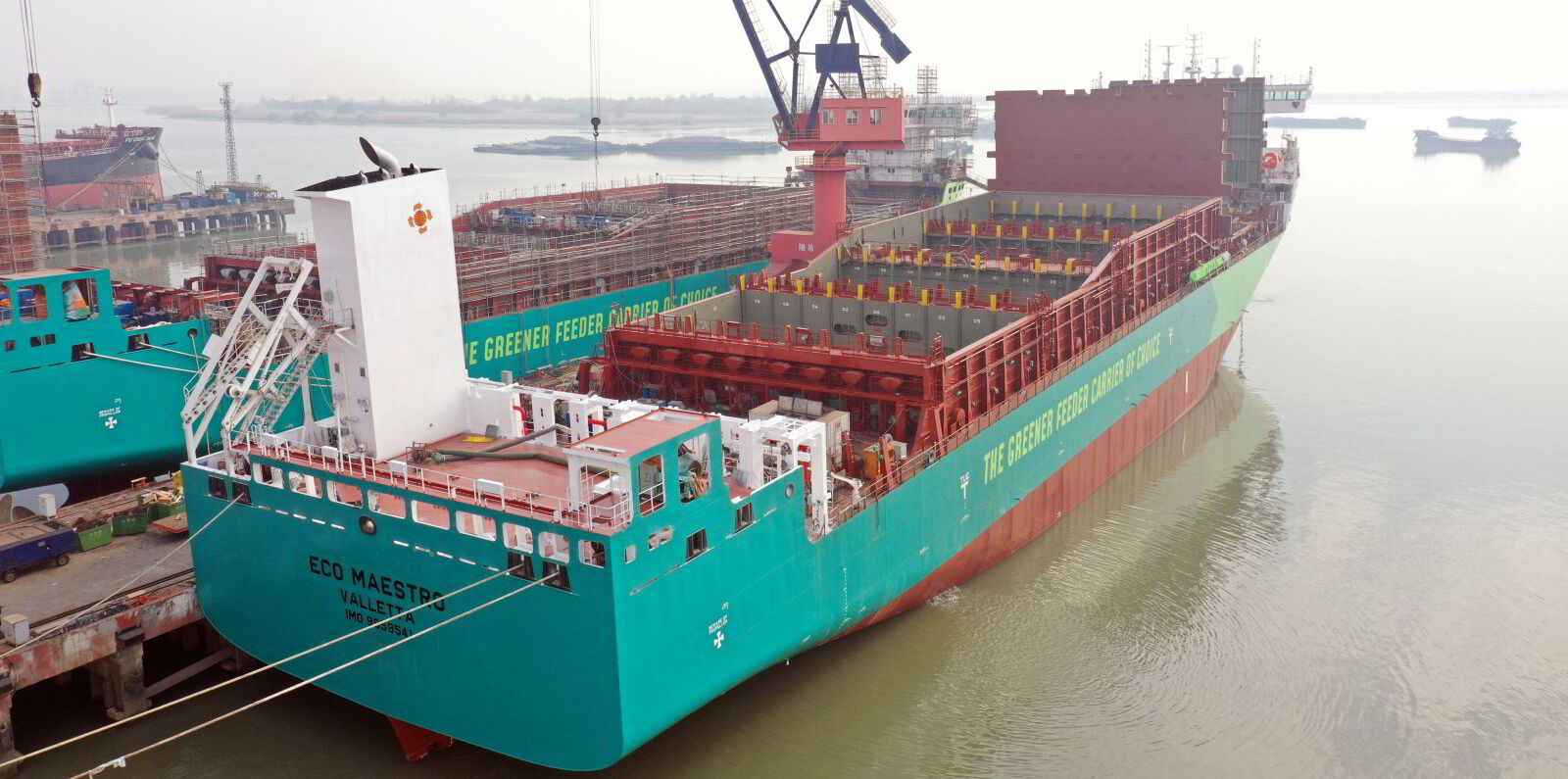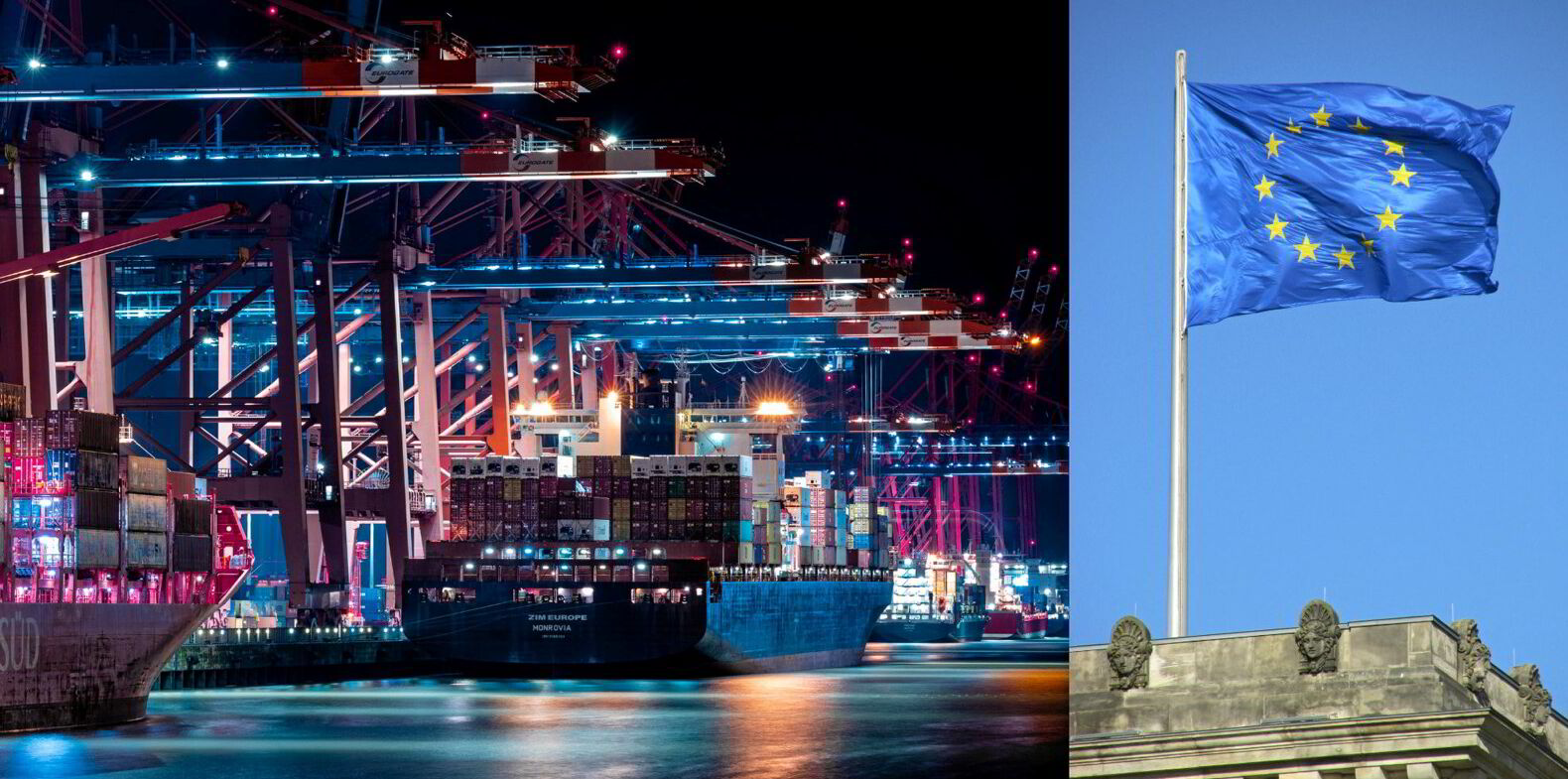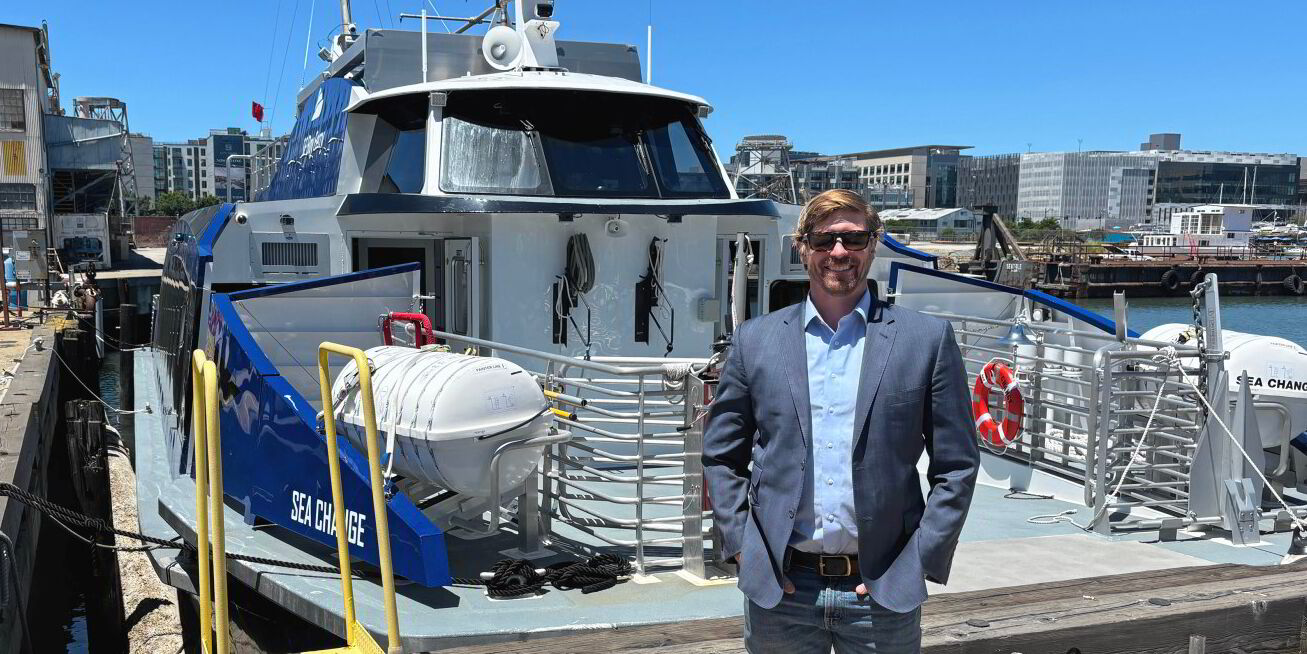Societe Generale’s top shipping banker said the French bank expects to show an improvement in its maritime portfolio’s greenhouse gas emissions when the Poseidon Principles releases its next annual report.
Paul Taylor, global head of maritime industries at the bank, said that emissions reduction would show the benefits of a “selection origination policy” targeting clients fully committed to the energy transition in terms of strategy and assets whichthe bank has introduced to address the carbon footprint of its ship lending portfolio.
The Poseidon Principles is a Global Maritime Forum initiative in which 35 banks report carbon emissions against a decarbonisation trajectory towards the International Maritime Organization’s target of net-zero greenhouse gas emissions by 2050.
He acknowledged market conditions were also a factor that could lead to a better score this year.
“I expect to see an improvement, but we still have some way to go before alignment — and that is the industry.
“That is why the Poseidon Principles were launched because we need to address lending behaviour,” Taylor told the Green Seas podcast.
Taylor said Societe Generale is finalising its figures for the Poseidon Principles report, to be published next month.
In the last report, Societe Generale’s ship finance portfolio emissions met with the IMO’s 2018 target of cutting maritime CO2 by 50% by 2050.
New targets
But last year, the United Nations shipping regulator set a new target for net zero by 2050, with checkpoints along the way.
Societe Generale’s shipping portfolio emissions were 37% to 42% above the new trajectory.

For the bank and many others in the Poseidon Principles, the biggest problem is passenger vessels.
“The passenger vessels at the moment have a methodology which I think everybody recognises as not working,” Taylor said.
“Any bank with passenger or cruise vessels in its portfolio is getting a distorted figure, and we’re no different.”
For cargo vessels, the bank’s portfolio was just 19% to 23% misaligned.
So how does shipping shift the dial?
“We’ve got to have wider climate alignment targets in conjunction with the Net Zero Banking Alliance — the NZBA,” Taylor said.
“It’s a question of gathering momentum and converging towards the striving for trajectory over time.”
Asked what the bank has done to improve the greenhouse gas emissions of its portfolio, Taylor said that on one hand, Societe Generale rates its clients on ESG — environmental, social and governance — factors.
“We’re looking at the communication of their commitment to net zero, whether they have a sustainability report, what their tailpipe emissions are on their fleet and what investments they’ve made today in terms of energy transition,” he said.
Asset selection
The bank also has guidelines on what kinds of assets it will finance.
“You’ve got a hybrid approach between looking at the client who you’ve rated for the ESG, and looking at the assets you’re going to finance, and that drives change in lending behaviour,” he said.

“The industry, for a long time, has worked on the basis of, if there’s a creditworthy client and a vessel of a certain age, it can be financed on a certain loan-to-value [ratio].
“We’ve got a different risk assessment now in the industry, which involves looking at the asset from an environmental footprint perspective and the client.”
In the longer term, as the bank pursues alignment with the IMO’s goal of reaching net zero by 2050, Taylor said Societe Generale’s approach is about partnering with clients that are committed to net zero and allocating capital to assets powered by alternative fuels, such as ammonia, methanol, bio or synthetic LNG, hydrogen or even electricity for shortsea vessels.
“So we’ll be pushing our capital down the road of alternative fuels.
“We’ll also be looking at partnering our clients on retrofitting, upgrading the vessels on the water,” he said.
“We’ll be encouraging our clients to slow steam — to go slower — which has the most immediate benefit.”
Taylor said the bank can also offer innovative products, such as sustainability-linked loans and advisory services, to help them decarbonise, which will help do the same for Societe General’s portfolio.
He said Societe Generale has to leave the alternative fuel choice up to its clients — typically large, sophisticated shipowners.
But it needs to ensure they have a coherent, transparent strategy and are committed to energy transition.
The banker said the Poseidon Principles are important because capital providers can influence how that capital is allocated.
Lenders’ influence
“By allocating capital to the right clients, those who are committed to the energy transition and to the right assets, which can align over time with the trajectories that have been set, capital providers like ourselves can have quite a say in which ships are actually on the water, so it has quite an influence over the long run in in the decarbonisation of the shipping industry,” he said.
Most portfolios of Poseidon Principles banks are misaligned with the IMO trajectory, which is not surprising given the state of shipping emissions more widely.

Taylor said the only way to achieve alignment is to change lending behaviour.
He believes that is happening, as evidenced by the improvements in the emissions reported by Poseidon Principles banks, even in 2023 when global climate pollution from shipping was rising.
But Taylor said it will take time.
“Now banks are looking at the clients that they are lending to.
“They’re looking at their commitments. They’re looking at whether they have a sustainability report, whether they’re committed to the energy transition to net zero, what investments they’ve made [and] what their tailpipe emissions are in their fleet,” he said.
Taylor acknowledged that the road ahead is challenging, but he said the shipping industry can hit net zero.
“The next decade is probably the most challenging in hitting the pathways in 2030 through to 2040, but whilst it’s a challenge, the opportunity for all stakeholders in this industry is absolutely fantastic — and it’s no different for banks,” he said.






